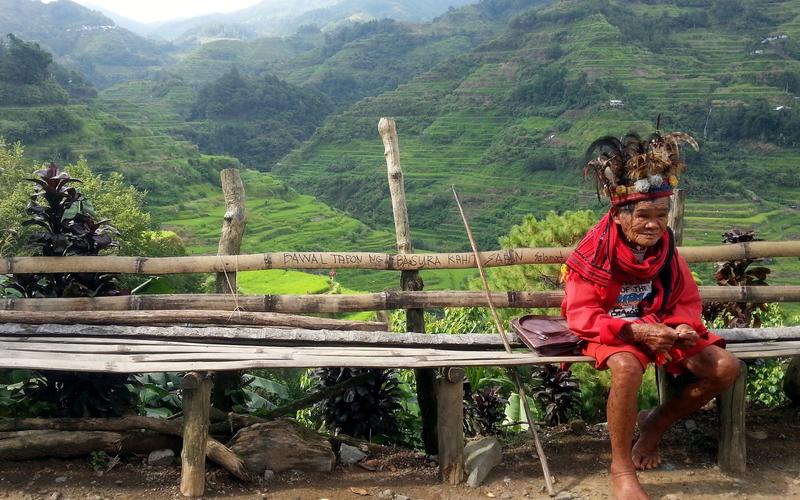Indigenous knowledge in natural resource management: integrating local perspectives into conservation strategies

Indigenous knowledge in natural resource management: integrating local perspectives into conservation strategies
Indigenous peoples are great contributors to sustainable resource management. A new study highlights how natural resource managers can improve their conservation mechanisms, by taking into account the needs and perspectives of indigenous people.
Pelletier , J., Gelinas , N., & Potvin, C. (2019). Indigenous perspective to inform rights-based conservation in a protected T area of Panama. Land Use Policy , 297-307. https://www.sciencedirect.com/science/article/pii/S0264837718310275
If you were to look carefully at a map of the world, you would see that many of the most biodiverse forests overlap with the lands of culturally distinct indigenous communities. The lands on which they live and the natural resources on which they depend are inseparably linked to their identities, cultures and livelihoods. Therefore, even small changes in their environment can have dramatic impacts on their lives. With the increasing pressure of global development, many countries are conserving these rich forest areas to protect their nature and biodiversity. These areas are called protected areas.
Creating protected areas can increase biodiversity and benefit the ecosystem at the national or global level. However, at the local level, conservation can come at a cost to indigenous peoples’ physical and spiritual well-being. This is the root cause of many conflicts over conservation objectives. Several examples across the globe show that conflicts with indigenous groups challenge the sustainability of conservation programs. Most recently, tension between large international conservation groups and local communities has been growing. In Southeast Asia, for example, the establishment of a protected area was recently suspended due to land use conflicts with indigenous peoples who have been living in the area for generations. Examples like this suggest the need for conservation strategies that better integrate the priorities of indigenous communities.
In a recent study published in Land Use Policy, researchers investigated how indigenous residents of a protected area experienced and perceived their rights while interacting with authorities. They also looked at indigenous livelihood opportunities under the current government management. The researchers conducted a study in Bosque Protector de Palo Seco (BPPS), located in Western Panama, to show how taking account of residents’ views and priorities can lead to positive conservation outcomes.
During the study, the researchers collected socio-economic data through household surveys, interviews with local people, and group discussions. They analyzed indigenous peoples’ perspective on the implementation of rights and responsibilities over resources management. They also assessed ecological data about the extent of forest cover loss and its drivers. Finally, they evaluated the communities’ views, needs and aspirations in terms of livelihoods, conservation, and development.
The results show that food security is a basic concern of communities involved in conservation activities. Interestingly, most indigenous people share a positive view of living in the protected areas as long as protection law allows them to enjoy the available benefits from the forests. However, the researchers found that it is critical to establish shared rules that are clear about sustainable natural resource use and conservation. The local context and perceptions of indigenous people may change from area to area. But the study proves that focusing on the perceived local needs, such as food security, and indigenous priorities is a universally helpful way to inform conservation strategies.
This research highlights the importance of balancing human needs with conservation objectives by taking the perspectives of indigenous peoples into account. Establishing shared rules between indigenous people and governments on what activities should be permitted, restricted or prohibited, could lead to more equitable, and more successful, conservation programs.




